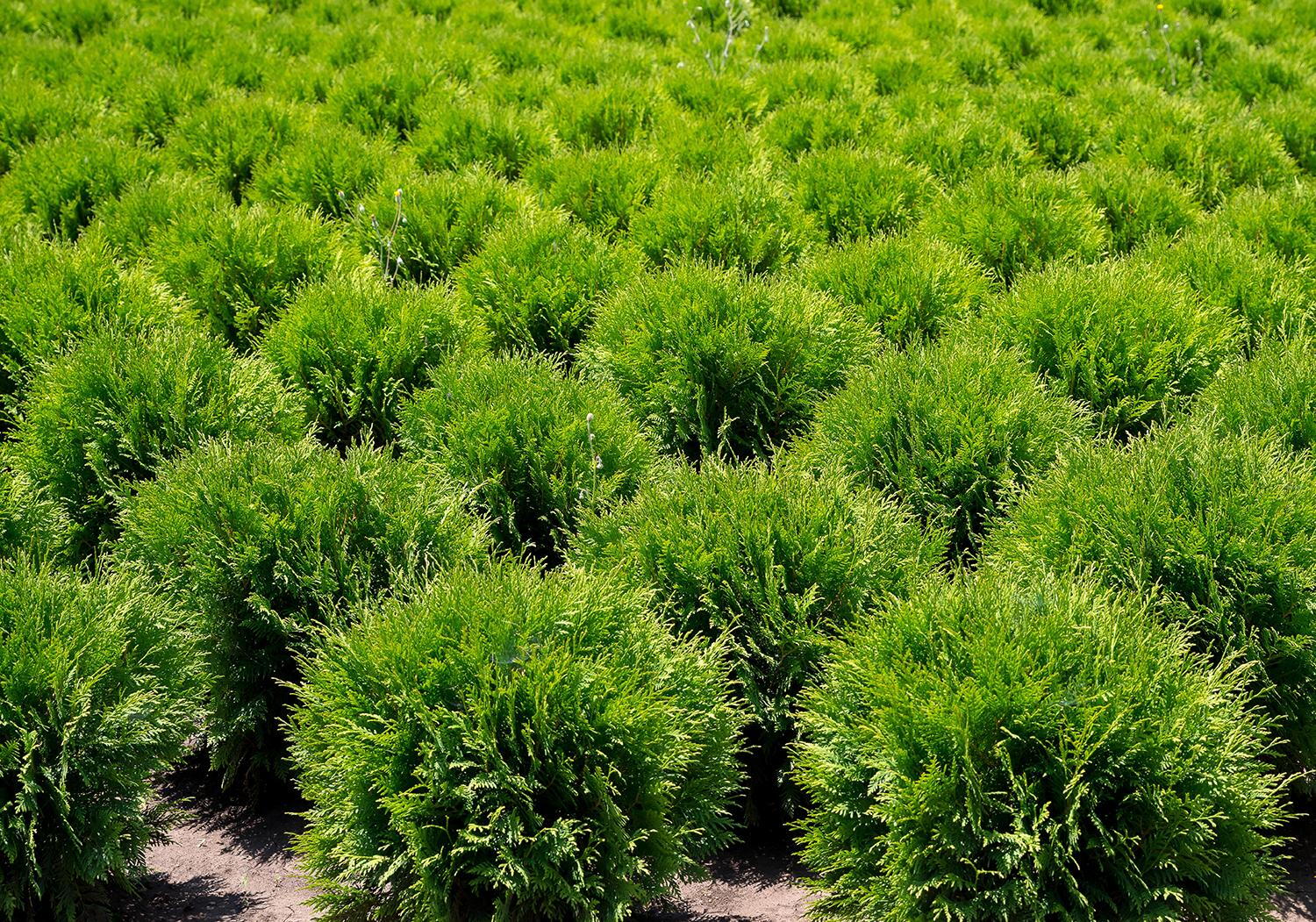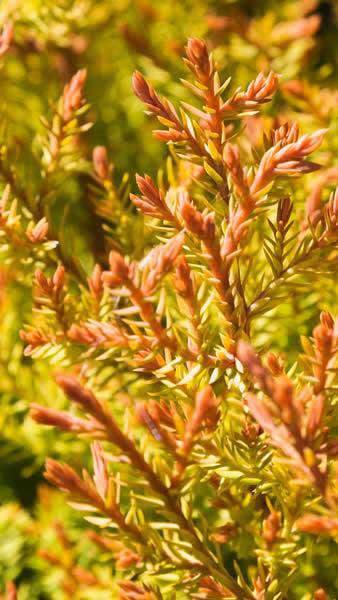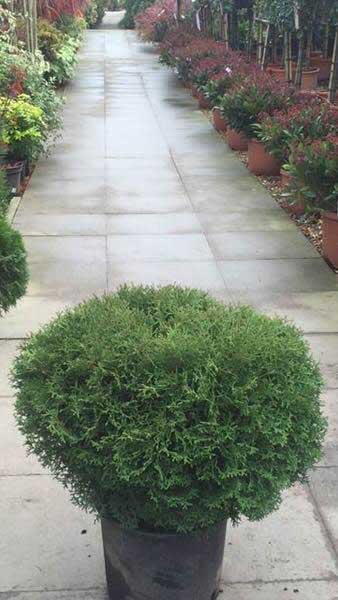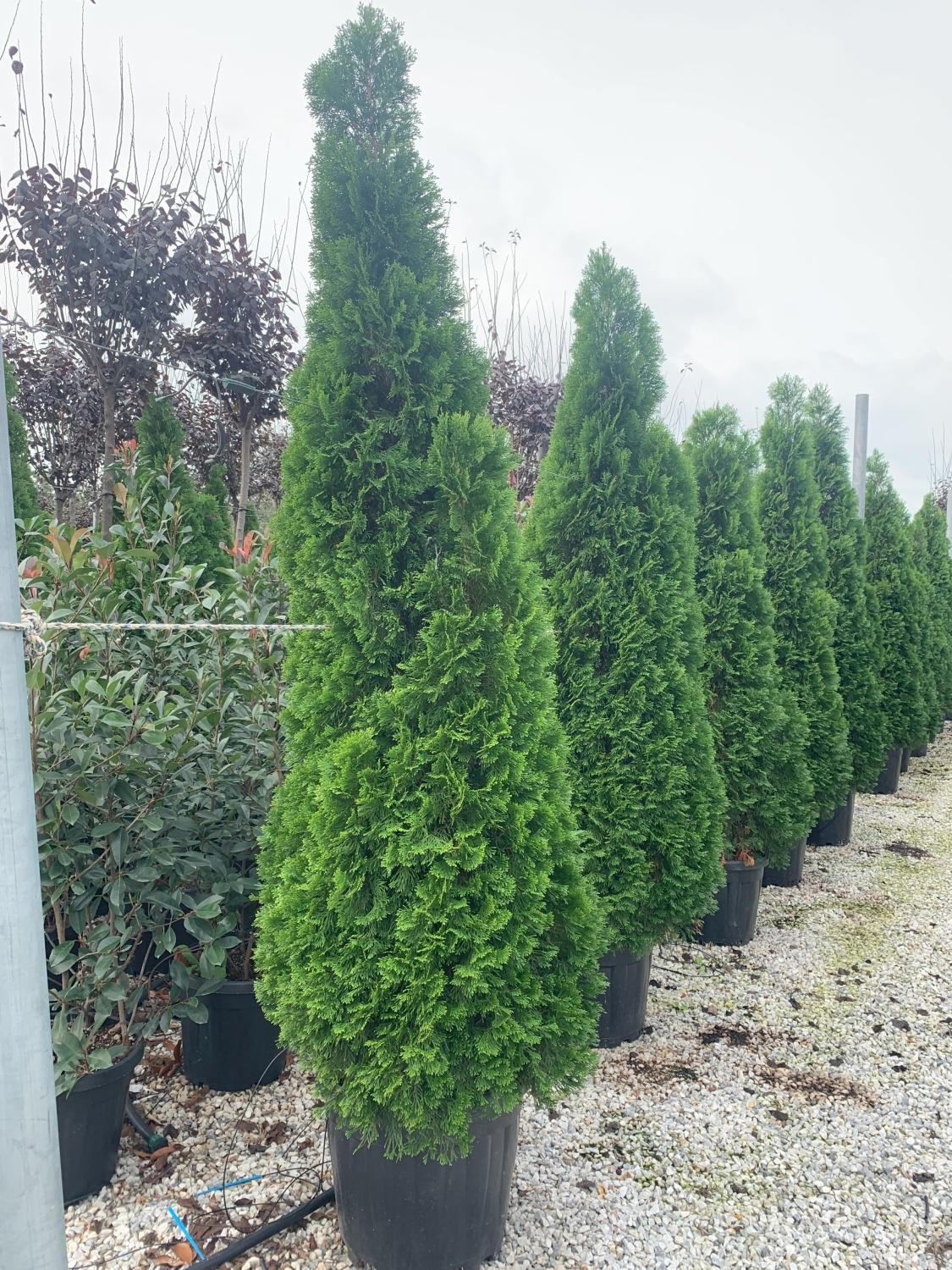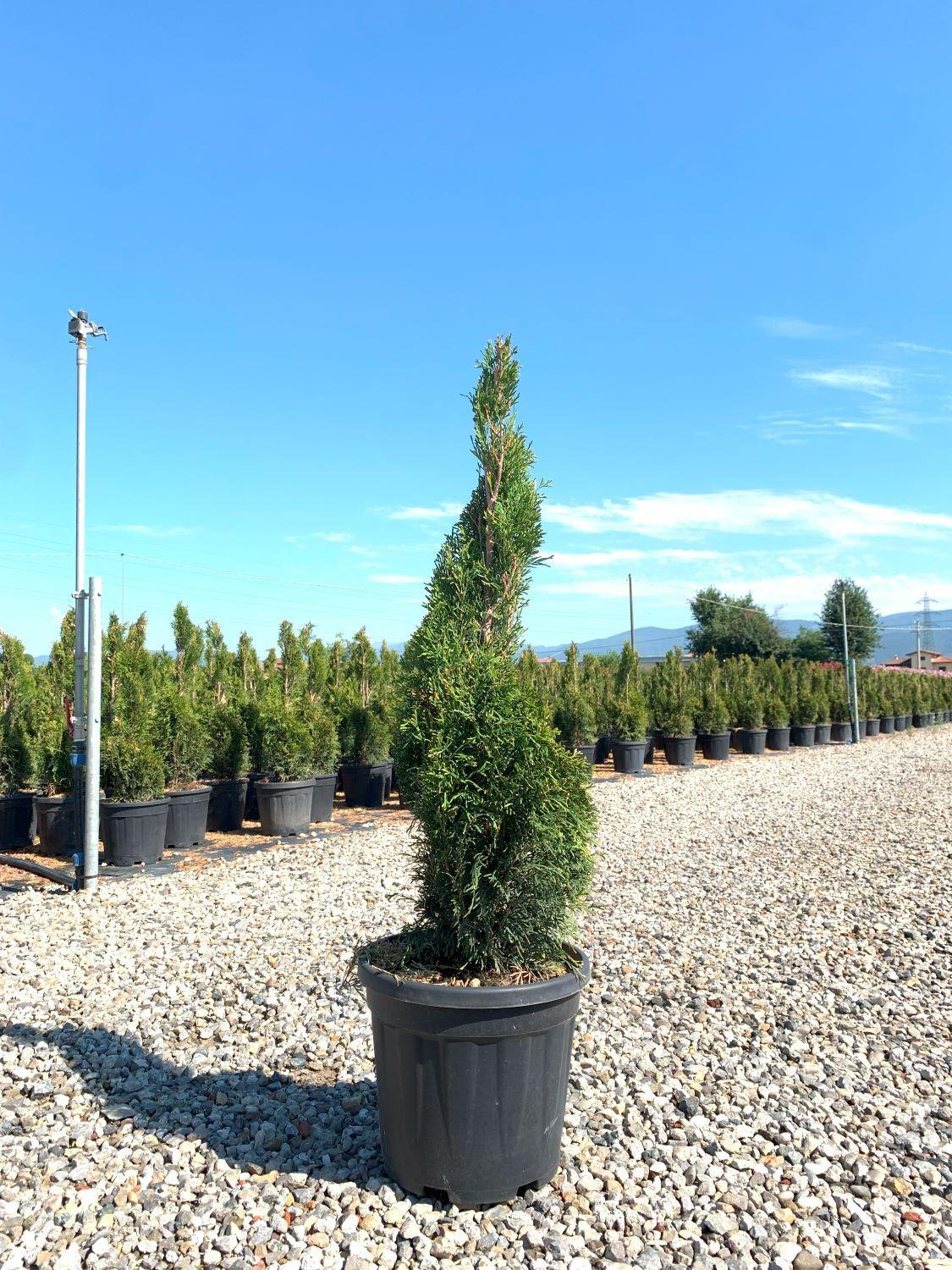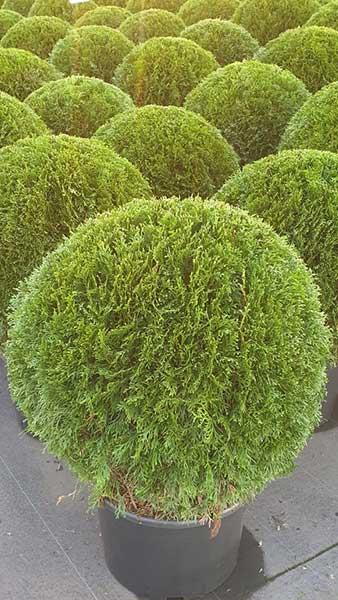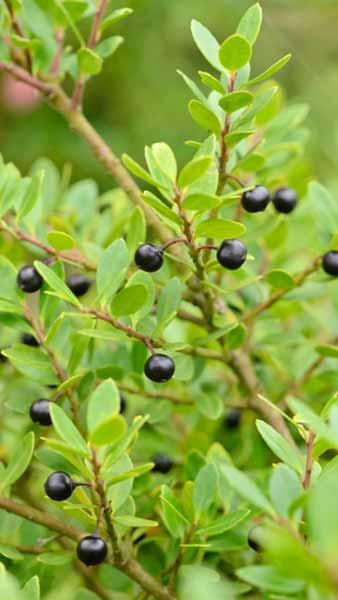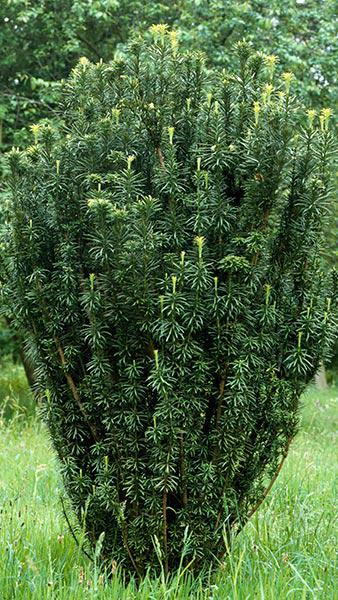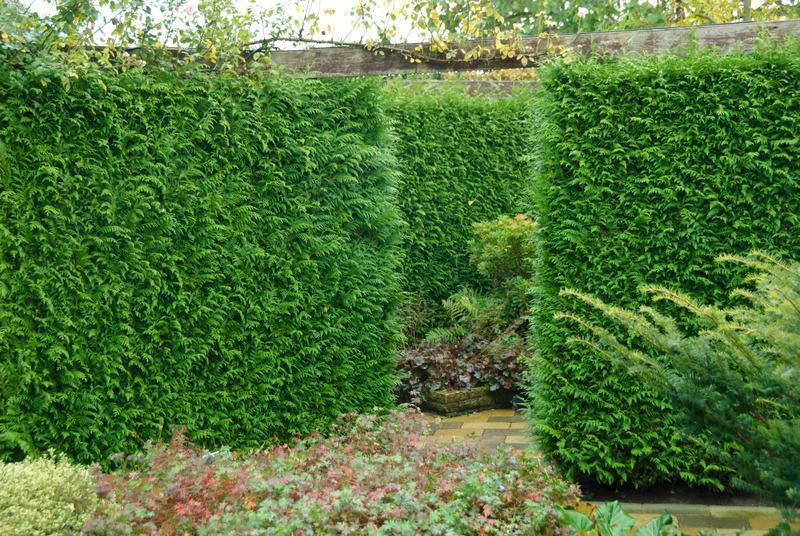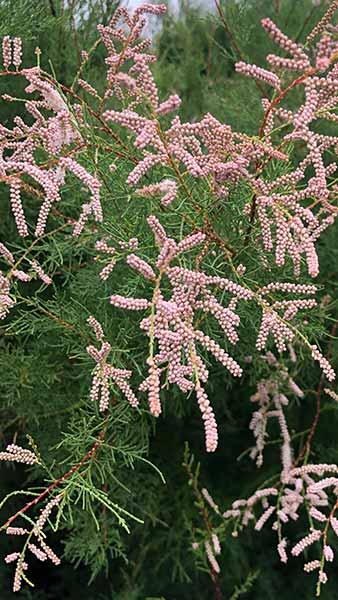Tamarix Parviflora Small Flowered Tamarisk for Sale Online UK
Tamarix parviflora, more commonly known as Small Flowered Tamarisk, is a small deciduous tree or shrub, treasured for its floriferous display of tiny pink blossoms. Easy to grow and to care for, this ornamental tree is a good candidate for a specimen tree.With a bushy, open habit, Small Flowered Tamarisk has a delicate, fluffy appearance. The foliage spread across the slender branches is bright green until autumn when it turns to reddish hues, and consists of tiny, scale-like leaves that only enhance the feathery look of the tree. In May, the inspiration for the common name of this cultivar becomes apparent, as masses of miniature blossoms completely envelop this tree. Deep pink and borne in long racemes, and stay on the branches for 4 to 6 weeks, well into the summer. Over the winter months, the decorative branches with bark in shades of brown to purple provide interest.Adaptable and undemanding, Tamarisk Parviflora will thrive in any soil, as long as it is well drained, and in a sunny spot in your garden. It is exceptionally resistant to urban pollution, salt sprays, strong winds, and heat, making it an ideal choice for coastal and city gardens. Long-lived, this cultivar requires almost no maintenance to stay in shape. Prune lightly after the flowering season ends, to ensure Small Flowered Tamarisk stays neat and healthy. Originating from South-eastern Europe, Tamarix parviflora is accustomed to moderate climate. Fully hardy in the United Kingdom, this highly-decorative small tree requires no sheltering from frost or cold winds. Its good constitution and attractive appearance earned this cultivar the prestigious Award of Garden Merit by Royal Horticultural Society.Trained as a large shrub or a small tree, Tamarisk Parviflora can achieve a maximum size of 5 metres both high and across.Robust and showy, Tamarix parviflora is ideally suited to be grown as a focus of interest in a garden, or planted in a mixed shrub border, where its wispy foliage and blossoms are beautifully contrasted by evergreen cultivars. Consider pairing it with varieties such as Thuja Orientalis Pyramidalis Aurea or Calocedrus Decurrens Incense Cedar Tree for a stunning textured effect in your garden. Due to its remarkable tolerance of harsh winds, this cultivar can serve as a windbreak as well.Read more about Tamarix on our blog.
